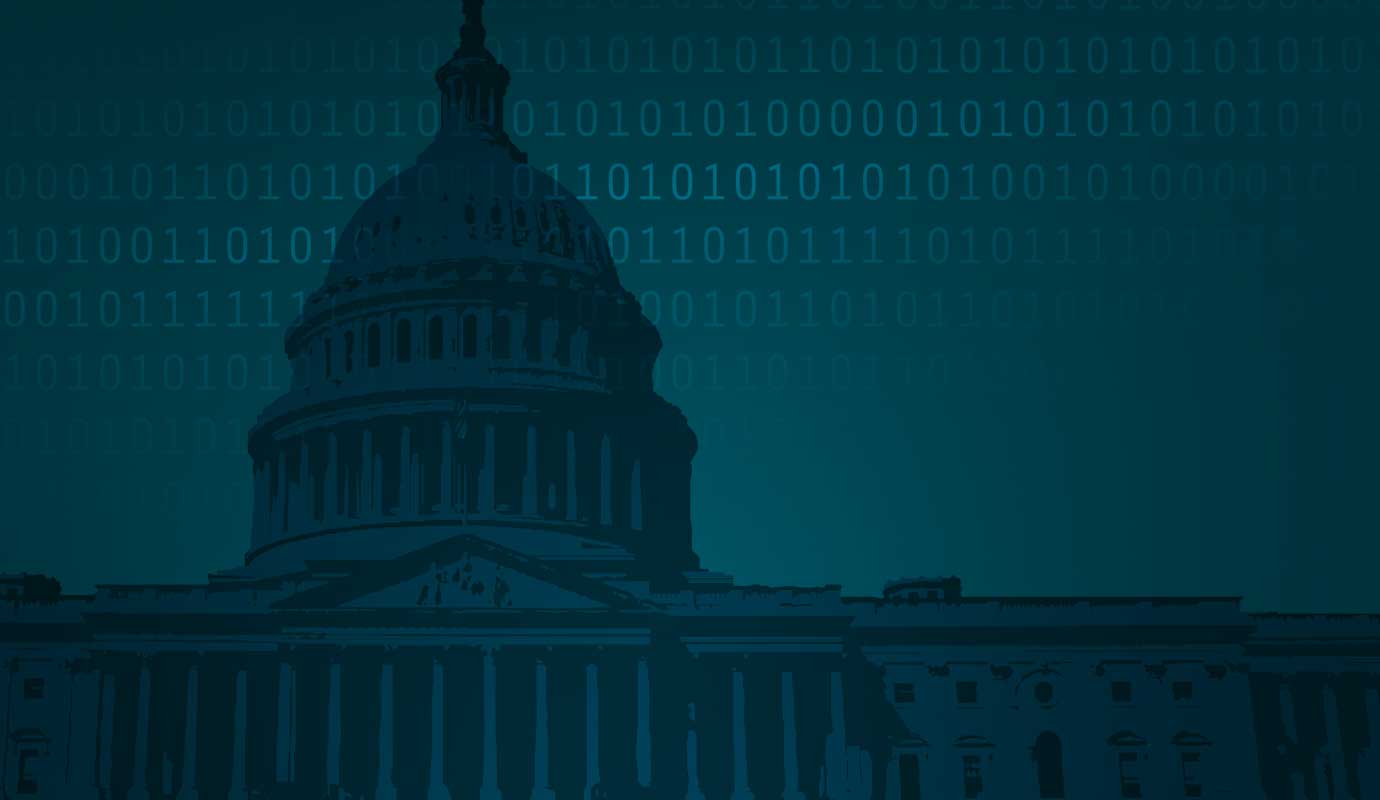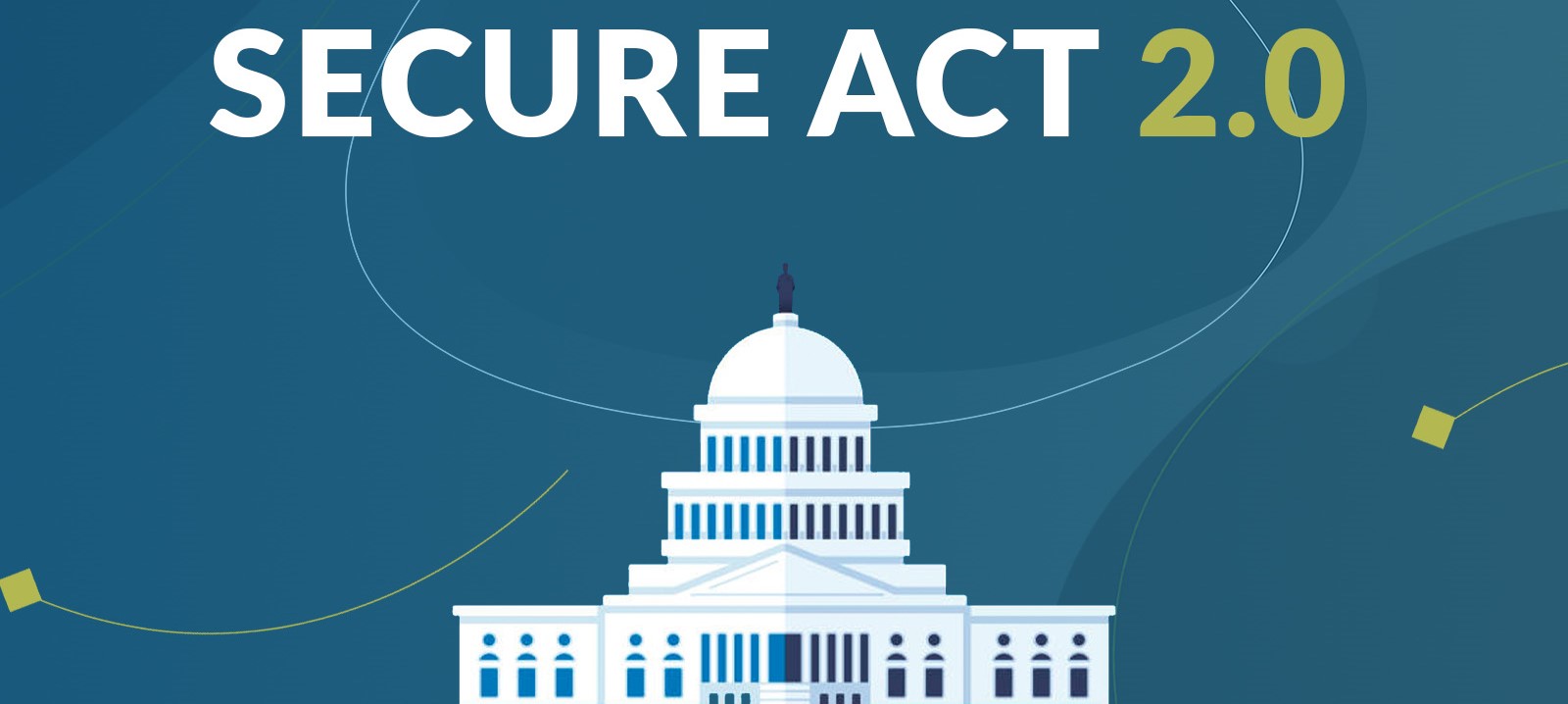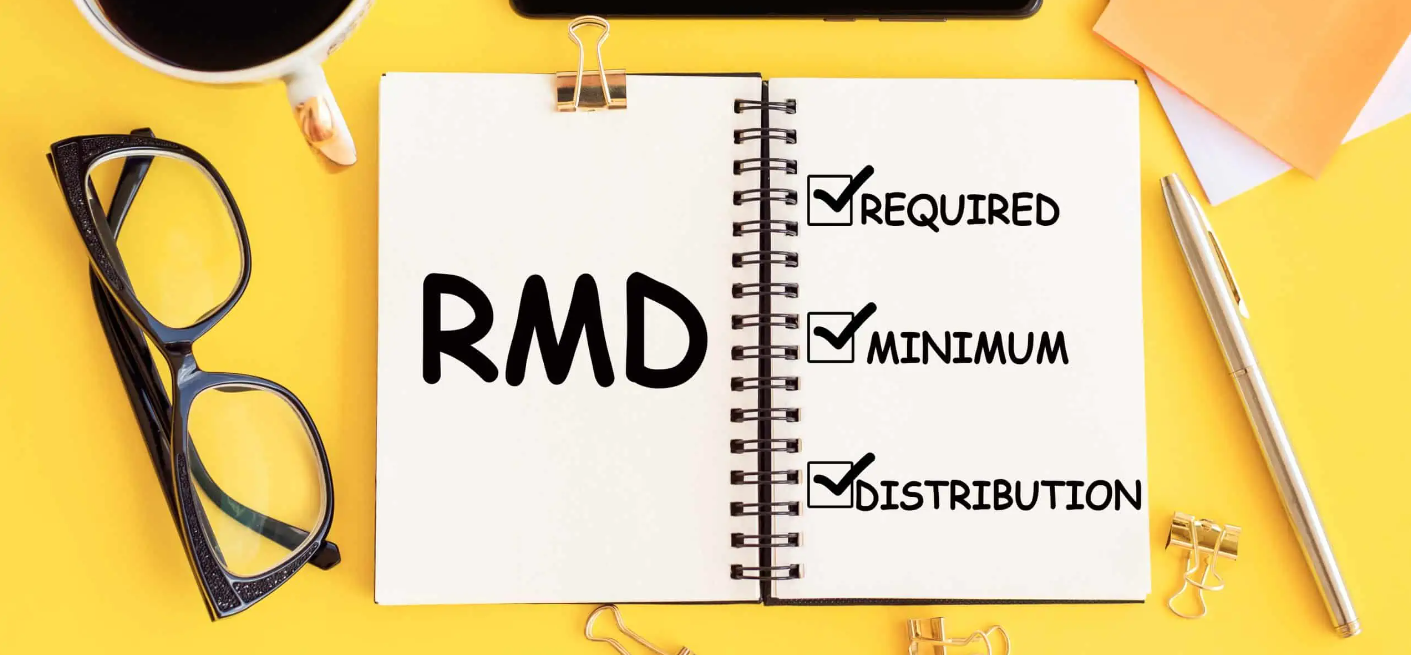The SECURE 2.0 Act, enacted into law on December 29, 2022, makes over 90 changes to the IRA and employer plan tax rules. If that isn’t enough, many of these provisions aren’t immediately effective one isn’t effective until 2033. This article will focus on the key provisions in effect right now in 2023:
Disaster relief.
SECURE 2.0 allows victims of federally declared disasters (such as hurricanes or tornados) to withdraw up to $22,000 from their IRAs or employer plan penalty-free. In addition, the taxable income on those withdrawals can be spread over three years, and the withdrawals can be repaid over three years. This provision is actually retroactive to January 26, 2021.
RMD age.
The first year that RMDs (required minimum distributions) must be taken from IRAs was extended from 72 to 73. This change affects anyone who turns age 72 after December 31, 2022. So, if you reach age 72 this year, your first RMD isn’t required until you turn 73 in 2024. The RMD age is delayed further to 75 if you reach 73 in 2033 or later.
10% early distribution penalty.
Congress added several new exceptions to the 10% early distribution penalty for withdrawals before age 59 ½. These include disaster relief distributions (discussed above) and withdrawals to those who are terminally ill. Both penalty exceptions apply to IRAs and company plans. SECURE 2.0 also makes two changes to the 10% penalty exception for plan distributions made to public safety employees who leave employment in the year they turn 50 or older. The exception now applies to an employee under age 50 who leaves with at least 25 years of service with the employer. Also, the exception was expanded to include municipal corrections or forensic employees and private-sector firefighters. Several other new exceptions to the 10% penalty come into play in later years.
Roth accounts.
Up to now, employer plan contributions (like 401(k) matches) had to be made on a pre-tax basis. Now, employers can make their contributions on a Roth basis. Also, SIMPLE and SEP Roth contributions are now available. Although SECURE 2.0 allows for these new Roth accounts right away, it may be some time before plan administrators and IRA custodians will have them in place.
Annuity options.
QCDs (qualified charitable distributions) are tax-free direct transfers from IRAs to charities. A one-time QCD of up to $50,000 can now be made to certain charitable annuities. However, these QCDs count against the annual $100,000 annual QCD limit. In addition, the limit has been raised on the amount of IRA or company plan funds that can be used to purchase a QLAC (qualified longevity annuity contract), A QLAC is a deferred annuity that extends RMDs until payments start. The new limit is $200,000 (indexed in future years).
Penalty for missed RMDs.
The penalty for missed RMDs, which was 50%, has been lowered to 25% and to 10% if the missed RMD is “timely” corrected (generally within two years). In the past, the IRS has usually waived the 50% penalty if a missed RMD was paid and Form 5329 was filed with a reasonable cause explanation. It’s not clear if the IRS will continue to do that.
By Ian Berger, JD
IRA Analyst











